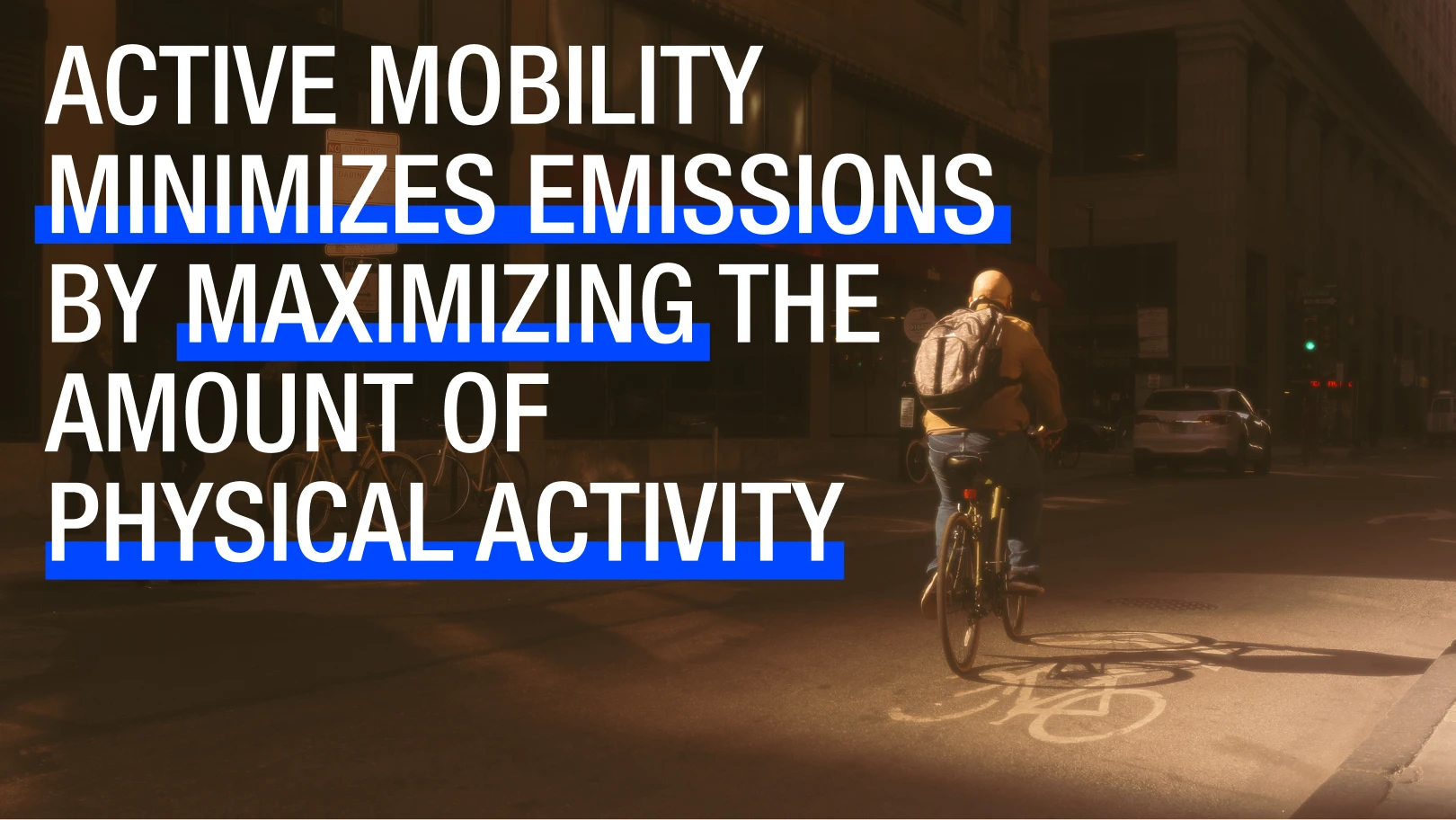JWdD
Menu

Supervisors: Valentina Tanni (Politecnico of Milano), Francesca Valsecchi (Tongji University)
Addressing Urban mobility as a theme for interactivity, the research studies the car-centric culture prevalent in urban environments, which has adverse environmental and health impacts. This study investigates how interaction design and immersive environments can encourage a shift towards more sustainable mobility choices, such as walking and cycling.
How aesthetic ux in immersive environments nudge social change?







Building on the desk research a user research was conducted to evaluate commuting experience. Based on insights i designed a.
This was tested in the first phase of the research at Politecnico, gaining some insights on the emotion evoked through the activity.
After that was developed the final concept of the installation, the use of collective interaction as a source of data for the modification of the environment.
People can see how the environment shift from distopic to utopic based on their behavior, making them reflect on the nature of everyday habits and their impacts on society and urban environment.









The research found that immersive and interactive environments significantly alter users' perceptions of urban mobility. Participants reported heightened awareness and a stronger inclination towards sustainable practices after engaging with the immersive experiences.
The discussion highlights the implications of these findings for design practice. Aesthetic UX and interaction design can create experiences that not only inform but also inspire users to make positive changes, promoting sustainability and health in urban environments.
The insights gained from this project have broader applications. Similar approaches could be adapted to address other ecological and social challenges, leveraging the power of immersive media and interaction design to foster positive change.
In conclusion, this research demonstrates the transformative potential of immersive media and aesthetic UX in driving social change. By creating compelling, interactive experiences, we can nudge individuals towards more sustainable and healthier mobility choices, ultimately contributing to better urban living.


